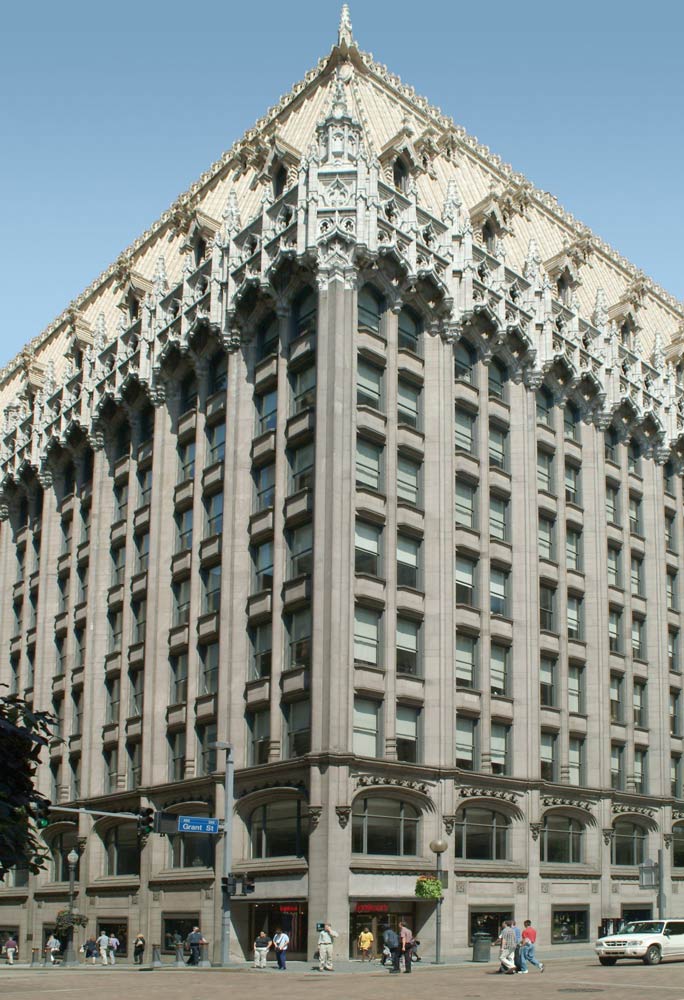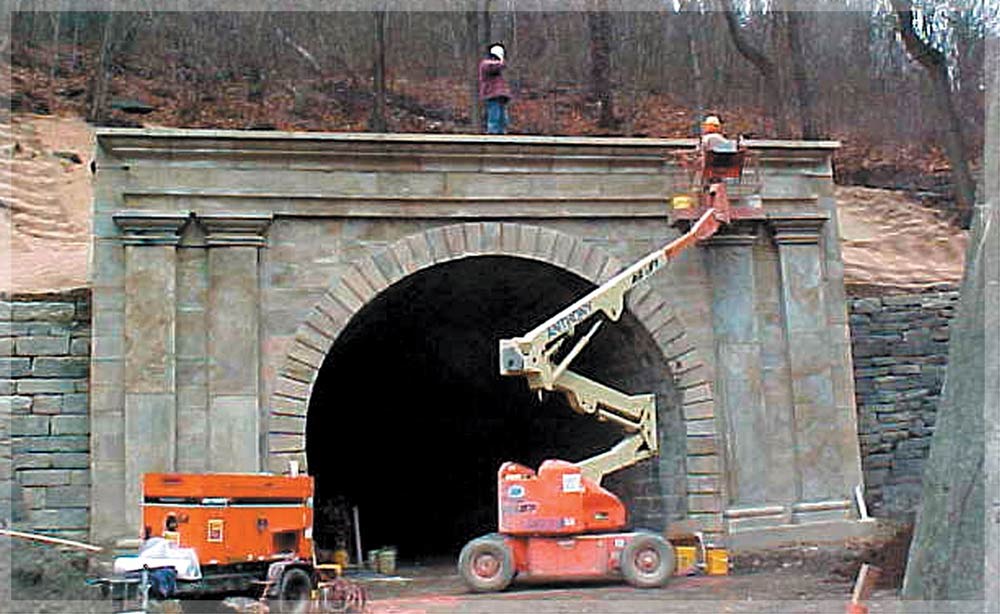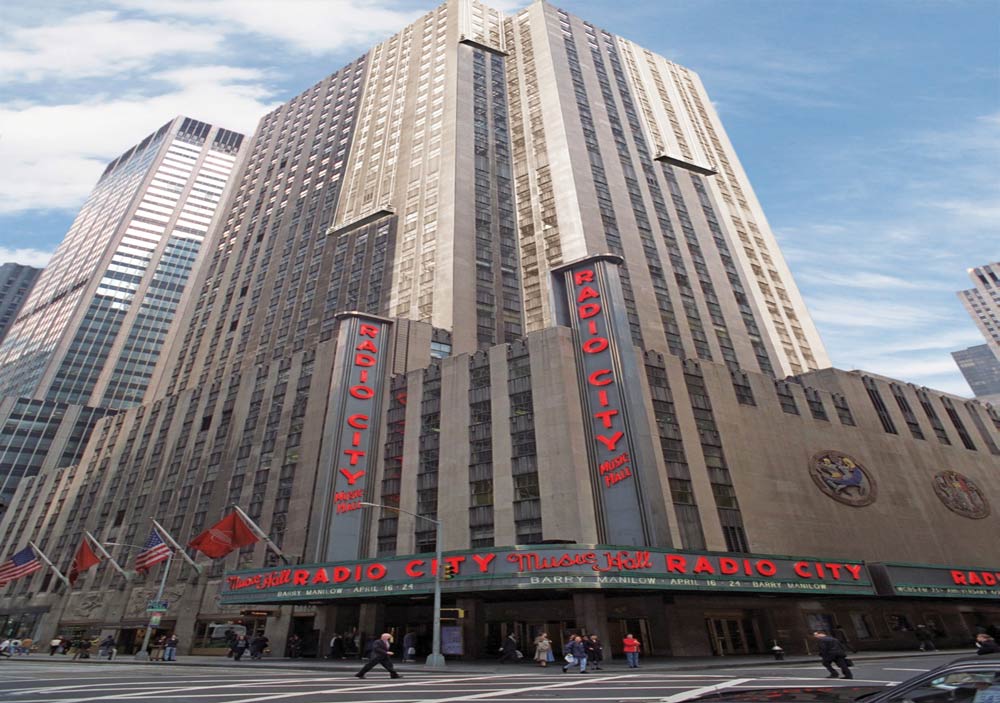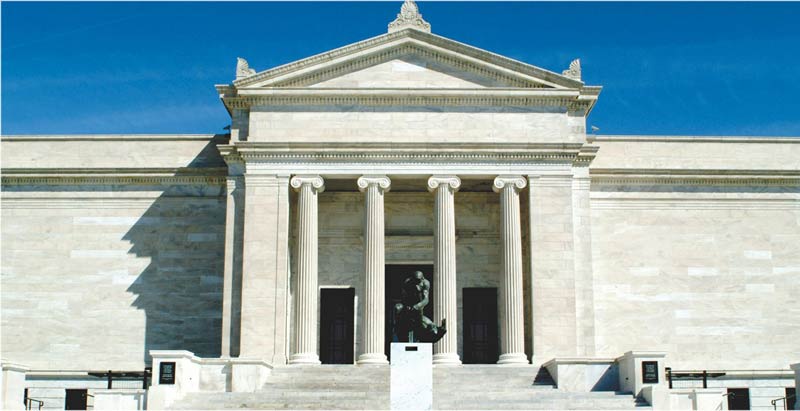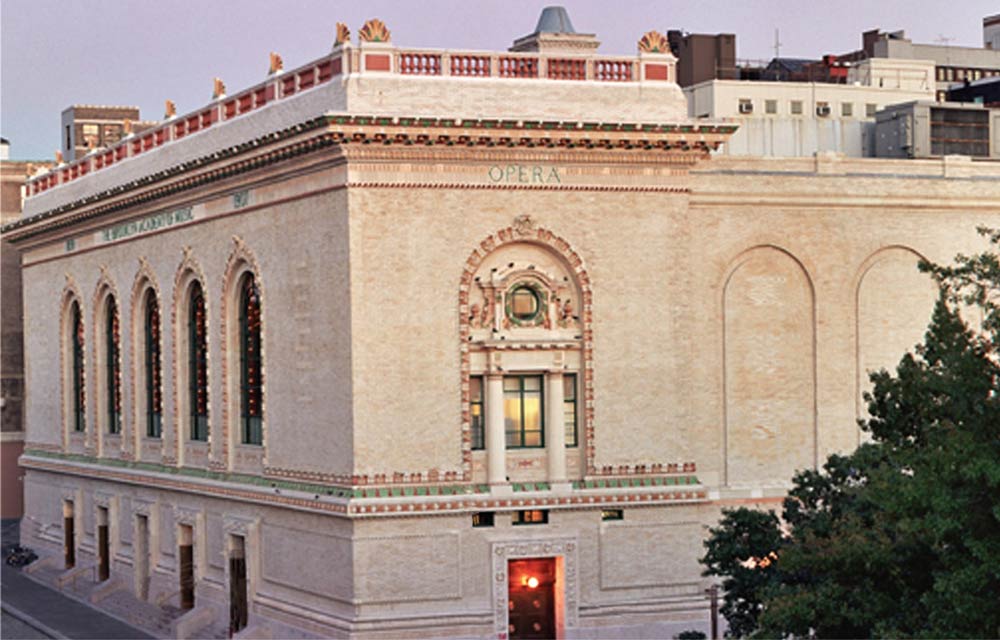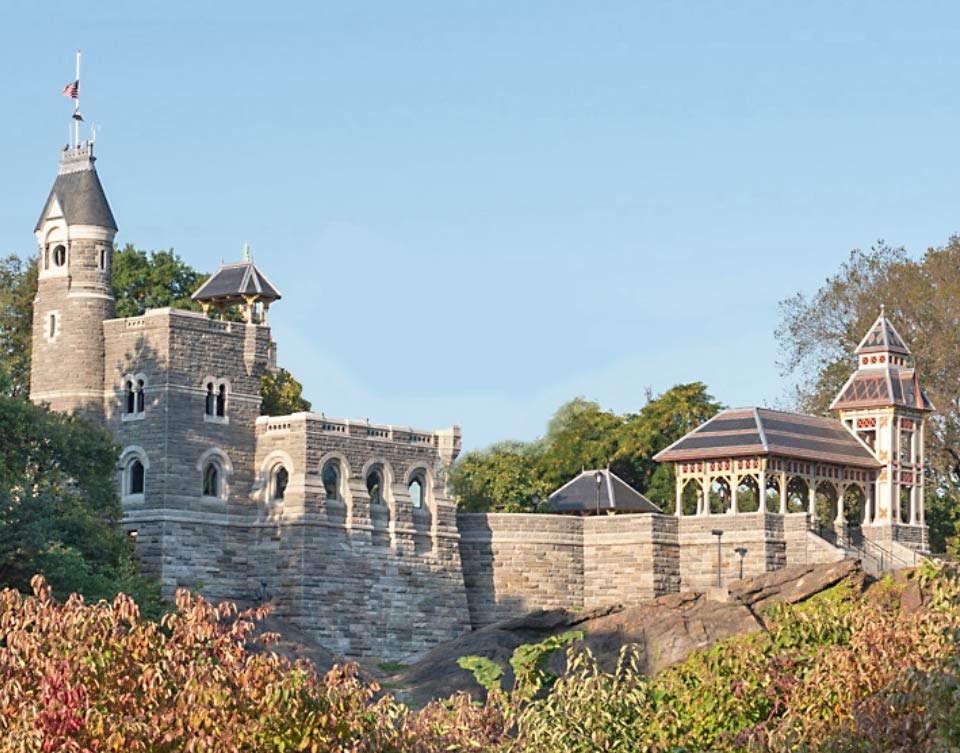New Masonry
Graciano’s New Masonry Construction Division was established in 1997 to address new construction needs, including new masonry services on masonry restoration and historic restoration projects, in addition to new construction assignments.
The New Masonry Division’s first assignment was building Graciano’s new corporate headquarters. Since that time, the division has gone on to carry out many new masonry projects, including schools, retail stores, commercial offices and industrial buildings. The division’s specialists also work hand-in-hand with Graciano’s restoration teams whenever a job calls for both restoration and new construction. The division has completed work on several projects, including construction of new structures at New York City’s Bowery Bay Wards Island water treatment Facility.
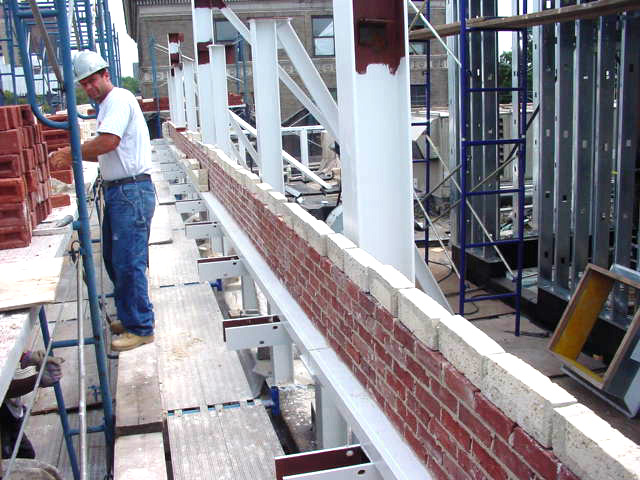
New Masonry Services Offered
Graciano offers an extensive array of new masonry construction services to accommodate numerous new construction needs. We are skilled at site preparation and foundation work, new construction, brick, block and stone installation, and mortar-set and dry stacked new masonry assignments. In addition, we also install rebar, imbeds and lintels, as well as expansion joints, and precast architectural elements.
- Tuck Pointing Tuck pointing entails removing loose or cracked mortar from brickwork or stone installations and replacing its new mortar to ensure structural integrity and to seal out damaging water and moisture. Mortar for tuck pointing must be carefully selected to ensure that its color and texture of the new mortar closely matches the existing material that was not compromised and did not need to be removed.
- Shotcrete Shotcrete is a material that combines concrete with compressed air. The mixture is pumped through a hose at high pressure, and is then applied to the desired surface. The force of the air pressure consolidates the material on the surface. Shotcrete can be formulated in one of two ways. The wet method premixes the concrete with water before it is pumped through the high–pressure hose. The dry method involves sucking the dry materials into the application system, combining them with water within the hose, and then apply them to the final surface.
- Masonry Restoration Masonry restoration involves the repair of existing masonry materials or the complete replacement of damaged materials with new or reclaimed bricks or stones. Color and texture matching are key considerations in masonry restoration, as an accurate match can make areas of restored stone or brick blend in seamlessly with existing materials. To achieve an accurate color and texture match, it is frequently necessary to return to the original brick manufacturer for replacements, or to the original stone quarry where material for the existing stone components was cut.
- Grouting Grouting is used to seal the spaces between masonry installations such as tile or terra cotta. Grout may be colored to blend with the masonry materials, or can be used to create contrast within the masonry design. Grout is typically applied by hand by filling the joints with material and then troweling it out over the adjoining tile or terra cotta. Once the grout has set, a craftsman returns to the area that was grouted and removes any excess material from the face of the installation. As grout is frequently porous, it must be sealed once it is completely dry to protect it from dirt infiltration.
- Demolition Demolition entails the removal of damaged or undesired concrete. It is most frequently accomplished with a jackhammer or another piece of pneumatic equipment.
- Caulking Caulking is used to seal gaps between masonry surfaces, such as brick or stone, and other architectural elements, including window and door frames, decorative hardware or lighting fixtures. Caulking is most often applied with a gun, and is available in butyl, latex or customized formulations. The color of caulk is selected to match the surfaces surrounding the application site. When applied, the caulking gun is inserted in the gap to be filled. Caulking material is then injected into the void to seal the opening.

Contact
